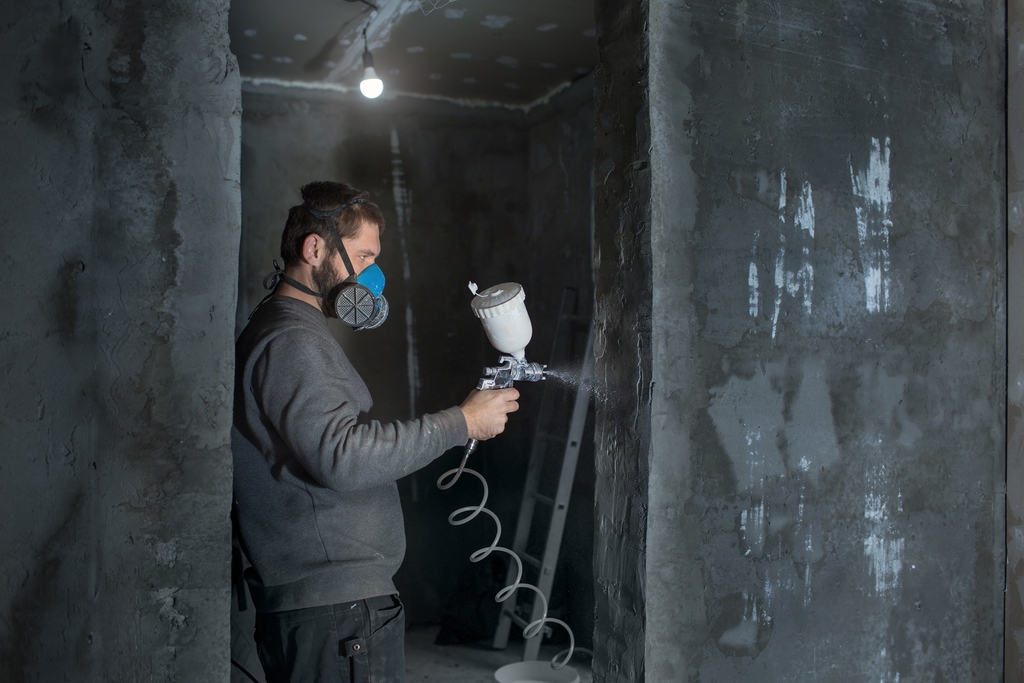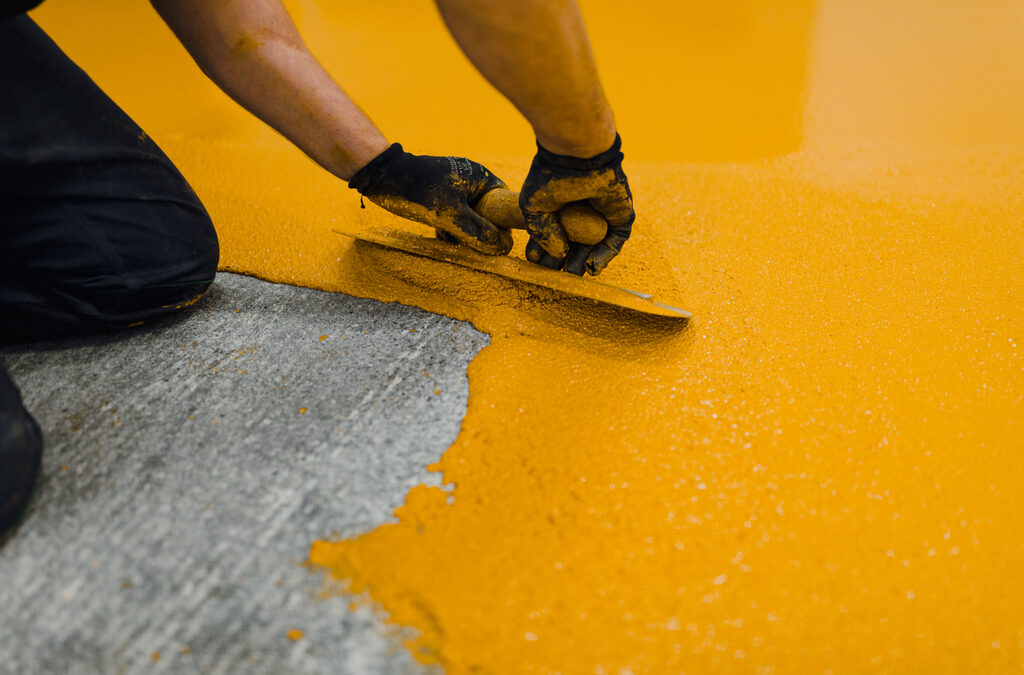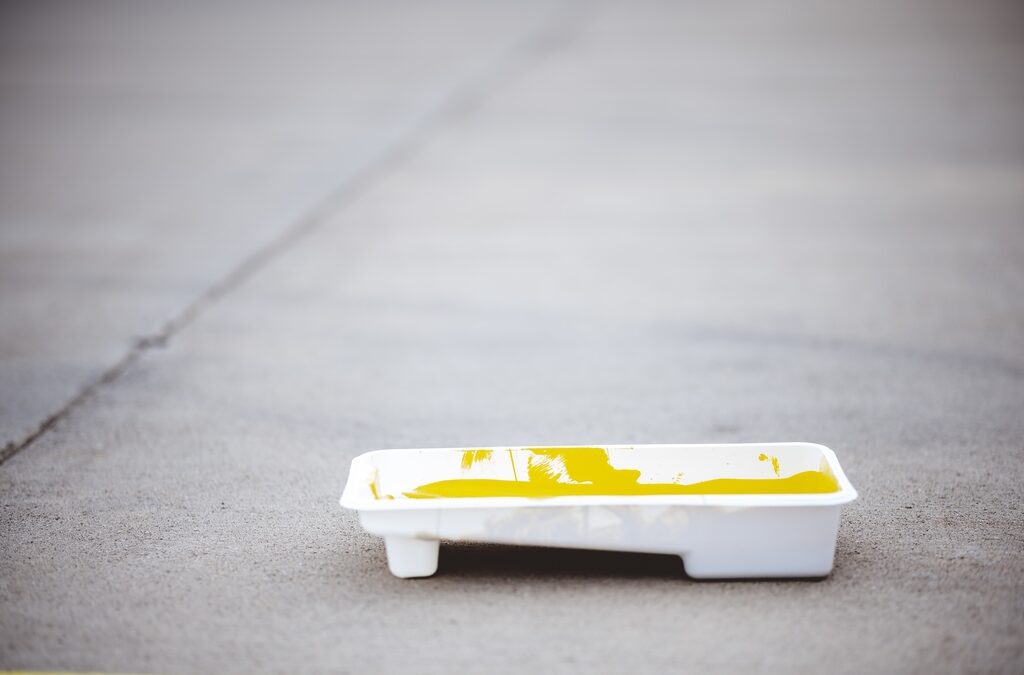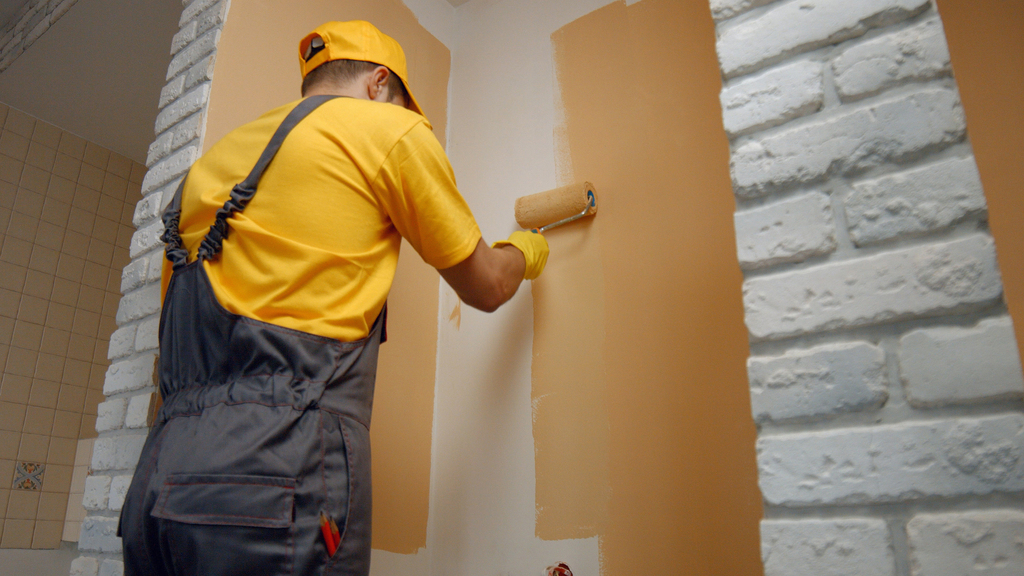Painting a room or house may seem like a simple task, but many people overlook the potential dangers associated with inhaling paint fumes. Paint, especially solvent-based types, can release harmful chemicals known as volatile organic compounds (VOCs) into the air. While occasional exposure may result in mild symptoms like headaches or dizziness, long-term or excessive exposure to paint fumes can have severe consequences, including death in extreme cases. Let’s explore the risks and what you can do to protect yourself.
What Are Paint Fumes? Understanding Volatile Organic Compounds (VOCs)
Paint fumes arise from the evaporation of VOCs, which are organic chemicals used in many paints. VOCs include a range of substances, such as acetone, benzene, and formaldehyde, which can be harmful when inhaled in large quantities. Solvent-based paints, commonly used for high-durability finishes, are particularly rich in these compounds, but even “low-VOC” or water-based paints can release smaller amounts of harmful chemicals.
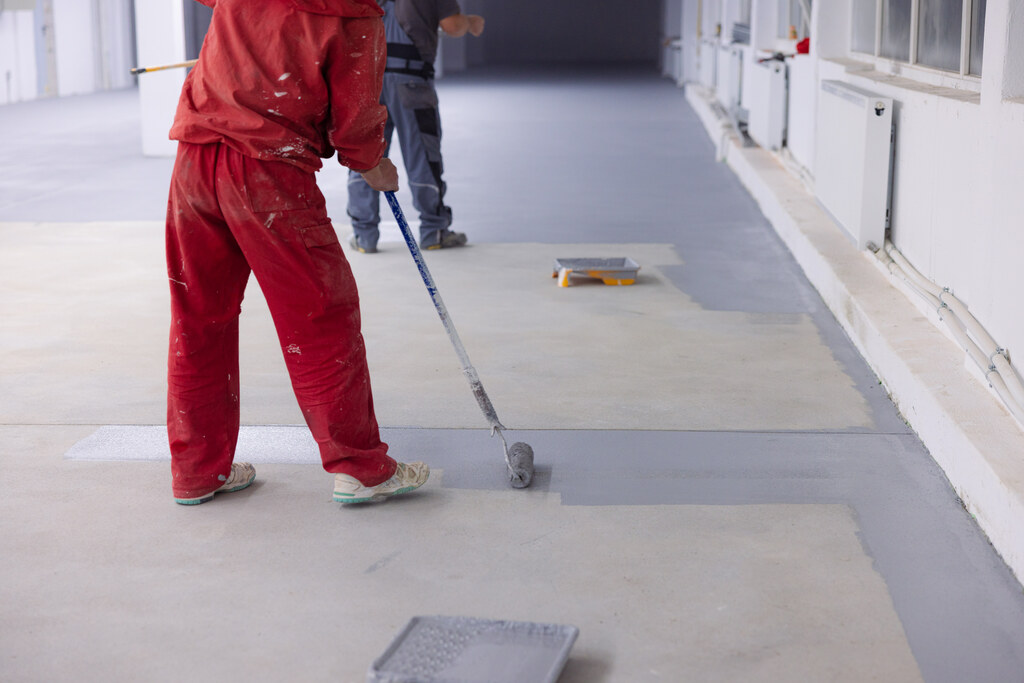
Immediate Health Effects of Inhaling Paint Fumes
Short-term exposure to paint fumes, especially in poorly ventilated spaces, can lead to a range of symptoms. These can include:
- Headaches
- Dizziness
- Nausea
- Irritation of the eyes, nose, and throat
- Difficulty breathing
Most symptoms subside once you leave the area and breathe fresh air. However, prolonged exposure can result in more severe health effects, especially in vulnerable populations like children, pregnant women, and the elderly.
Can Paint Fumes Be Fatal? Examining Severe Risks
The question remains—can paint fumes kill you? In extreme cases, yes. Prolonged exposure to high concentrations of VOCs can cause respiratory failure or central nervous system damage, leading to unconsciousness or even death. This is more likely to occur with solvent-based paints or in situations where people intentionally “huff” or inhale fumes for recreational purposes.
One of the leading causes of paint-related fatalities is the improper use of spray paints in enclosed or poorly ventilated spaces. These paints can release high concentrations of dangerous chemicals like toluene and xylene, which can lead to fatal consequences.

How Long-Term Exposure to Paint Fumes Affects Your Health
Chronic exposure to paint fumes can have lasting effects on your health. Long-term exposure to VOCs has been linked to:
- Liver and kidney damage
- Neurological issues, including memory loss and mood swings
- Damage to the respiratory system
- Increased risk of certain cancers
Professionals who work regularly with paints, such as house painters and construction workers, are at a higher risk for developing long-term health issues if they don’t take the proper precautions.
Who Is Most at Risk from Paint Fume Exposure?
Certain groups of people are more vulnerable to the harmful effects of paint fumes:
- Pregnant women: Although there is no conclusive evidence linking paint fumes to birth defects, it is advised that pregnant women avoid exposure to strong fumes whenever possible.
- Children and the elderly: Younger and older individuals have weaker immune systems and may experience more severe symptoms with paint fume exposure.
- People with respiratory conditions: Those with asthma, COPD, or other lung conditions may experience aggravated symptoms when exposed to paint fumes.
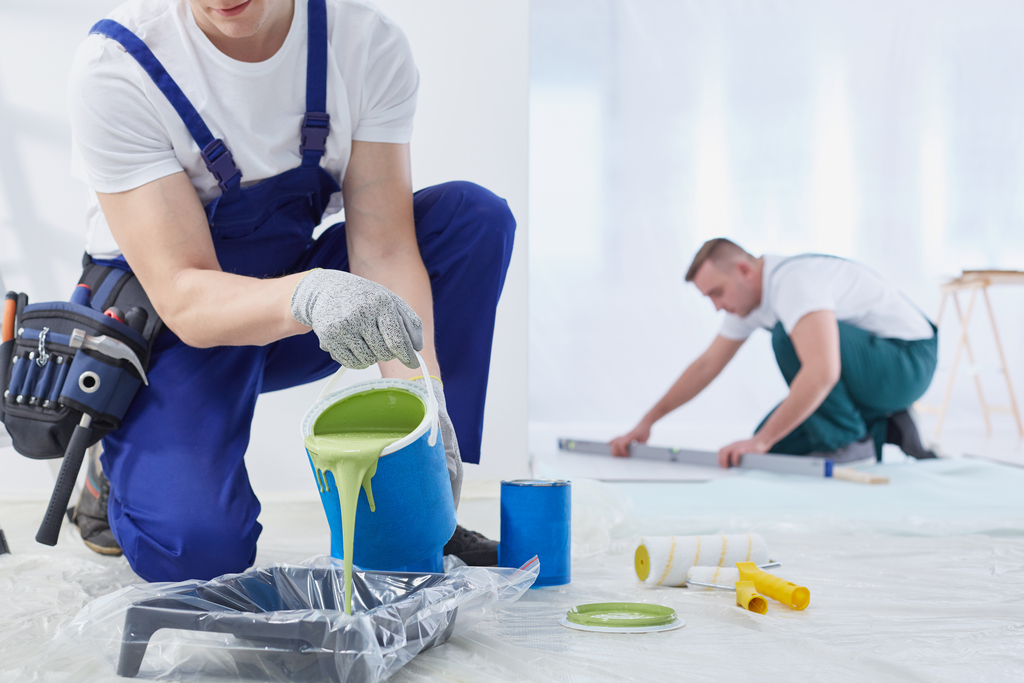
Safety Tips for Reducing the Risks of Paint Fume Inhalation
Fortunately, there are several ways to minimize your exposure to harmful paint fumes and protect yourself during painting projects:
- Ventilation is Key: Always ensure that you are painting in a well-ventilated area. Open windows and doors to allow fresh air to circulate and remove harmful fumes.
- Take Frequent Breaks: Avoid staying in a painted room for too long. Step outside periodically to breathe in fresh air, especially if you start feeling light-headed or dizzy.
- Use Low-VOC or No-VOC Paints: Many modern paints are formulated with lower levels of harmful chemicals. Choose these options whenever possible for a safer painting experience.
- Wear Protective Gear: Consider wearing a respirator mask and protective goggles, especially when using spray paints or in confined spaces. Companies like Lifetime Painters emphasize the importance of using personal protective equipment (PPE) to reduce health risks when painting indoors or outdoors.
- Keep Children and Pets Away: Kids and pets are more sensitive to fumes, so make sure they are kept away from freshly painted areas until the fumes have dissipated.
- Use Air Purifiers: If ventilation is not adequate, consider using an air purifier with a HEPA filter to help reduce VOCs in the air.
What to Do If You’ve Been Overexposed to Paint Fumes
If you suspect you’ve been overexposed to paint fumes and experience symptoms like difficulty breathing, dizziness, or confusion, it’s essential to seek fresh air immediately. In severe cases, especially if someone has lost consciousness, call emergency services.
For more guidance, companies such as Lifetime Painters recommend consulting professionals before tackling large-scale painting projects. They can ensure you have the proper equipment and advice to complete your painting safely.
By following these guidelines, you can minimize the risks associated with paint fumes and complete your painting projects safely. Always prioritize ventilation and safety gear, and consult professionals when in doubt.

